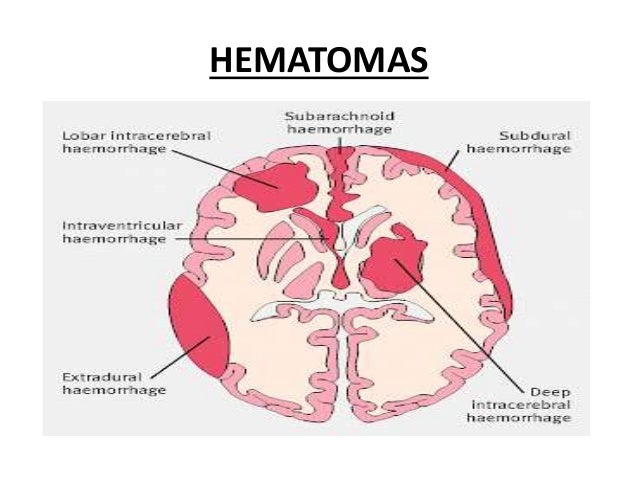


It contains the SOV and IOV, superior and inferior branches of CN III, IV, VI, V1 and its branches including lacrimal, frontal, supraorbital, supratrochlear and nasociliary nerves. Superior orbital fissure (SOF) lies at the back of the orbit between the lesser and greater wing of the sphenoid bone. 19 Superior orbital fissure syndrome (SOFS) 15 The frequency of the involvement of four CNs has been reported as is in about 78% of cases. 14 In CSS associated with Horner’s syndrome, the pain is present in contrast to SOFS. The posterior CSS occurs in whole CN V involvement. The anterior CSS only involves CN V1 branch. The middle CSS is caused by the involvement of CN V1 and V2. 1−9, 15−18 In pure CSS, the involvement of CNs III, IV, VI and V1, V2, V3 (n.mandibularis) and Horner’s syndrome is present.

The most common causes of CSS are neoplastic (metastatic including head and neck tumors and primary tumors such as lymphoma), traumatic, vascular (aneurysms, fistulas, and thrombosis), congenital, infectious (fungal infection), inflammatory or granulomatous pathologies involving CS, and Tolosa Hunt syndrome (THS), the idiopathic granulomatous inflammation involving CS. However, CSS does not involve the optic nerve. 1−9,15−18 Cavernous sinus syndrome is characterized by MCNP manifesting with ophthalmoplegia, ptosis, and facial sensory loss, proptosis, orbital (ocular and conjunctival) congestion, sympathetic disturbance and Horner’s syndrome due to MCNP of the CN III, IV, and VI responsible for ocular movements and pupillary function, and at least one branch of the CN V. Structures passing through CS are the internal carotid artery, its sympathetic plexus and CN VI, III, IV, VI, V1 (n.ophthalmicus) and V2 (n.maxillaris) and the superior and inferior orbital veins (SOV and IOV). The cavernous sinus (CS) is a venous plexus located between the periosteal and dural layers of the meninx and at the central BoS, on both sides of the sella turcica (pituitary). CN which is most commonly involved is CN VI followed by CN V, IV. Kaene reported that the common pathologic sites were cavernous sinus (CS) (25%), clivus and BoS (13%), subarachnoid space (10%) and cerebellopontine angle (CPA) (8%). The other tumoral causes of MNCP are metastases, meningioma, lymphoma, pontine glioma, nasopharyngeal carcinoma, pituitary adenoma, chordoma, leukemia, epidermoid tumor, and glomus jugulare tumor, respectively. In this publication, it has been reported that the most common tumor was schwannoma with a percent of 17. 4 The other common causes by frequency order are infarctions, trauma, infection, Guillain-Barré syndrome, Fisher syndrome, idiopathic cavernous sinusitis, surgery, multiple sclerosis, demyelinating encephalomyelitis, and diabetes mellitus.
#Cniii compression and fixed dilated pupil series#
8−18 A recent report including the largest series of 979 cases of MCNP by Kaene demonstrates that the most common causes of MNCP are tumors with a percent of 30. 6−9 The common causes of eye-associated MCNP often include cavernous sinus syndrome (CSS), superior orbital fissure syndrome (SOFS), orbital apex syndrome (OAS) and cerebellopontine angle syndrome (CPAS). 1−6 CN paresies including CN III (n.oculomotorius), IV (n.trochlearis), V (n.trigeminus), VI (n.abducens) and VII (n.facialis) are eye-associated MCNP. Combined or multiple cranial nerve paresis (MCNP) can occur due to a variety of different causes such as some syndromes or systemic diseases, extracranial or intracranial pathologies (brain stem, meninx, and base of the skull (BoS). Additionally, they may be presented acute, subacute or recurrent manner. Cranial nerve (CN) paresies are neuropathies which might be classified as isolated/single or combined/multiple, unilateral or bilateral and painless or painful paresis.


 0 kommentar(er)
0 kommentar(er)
